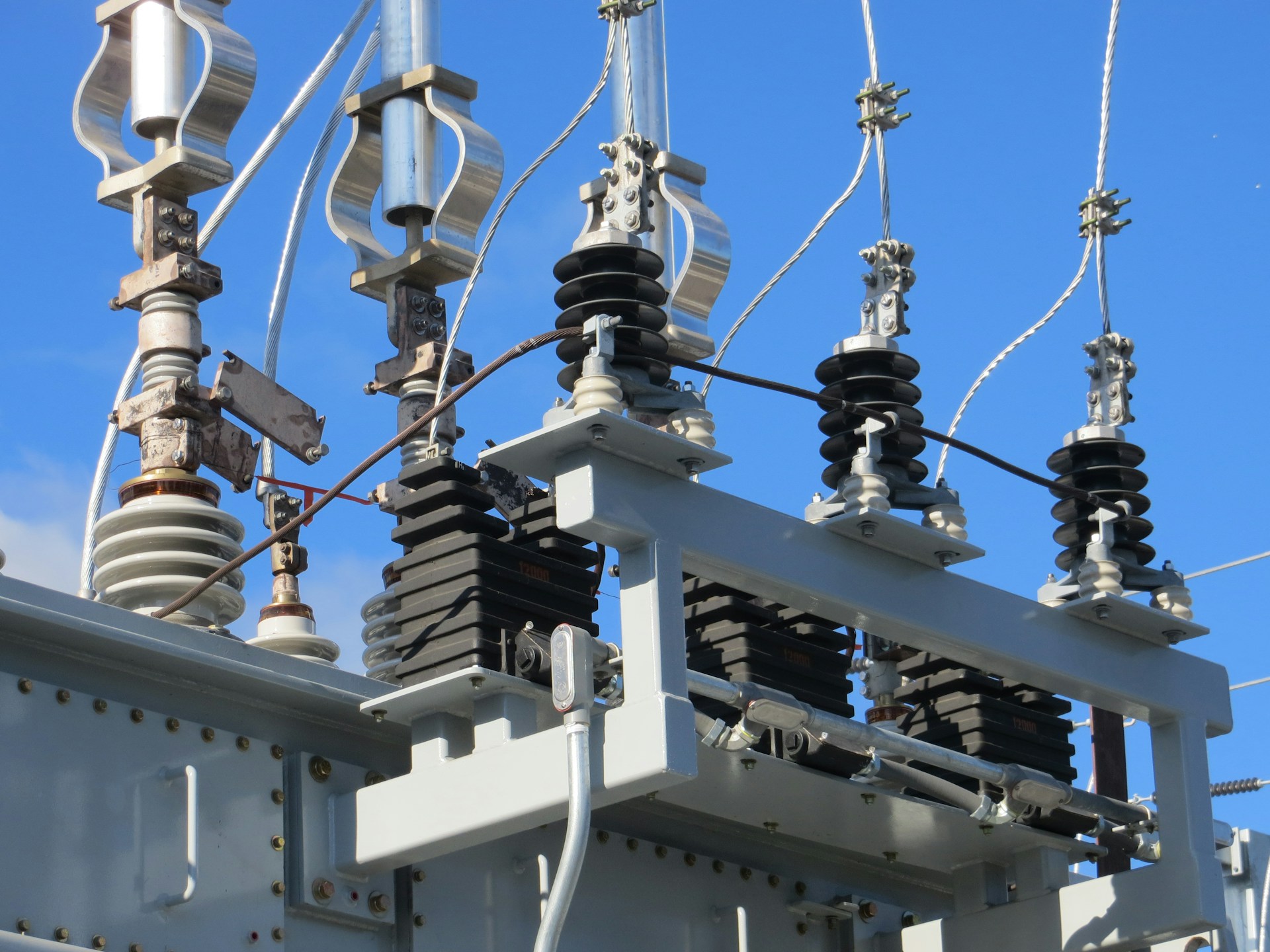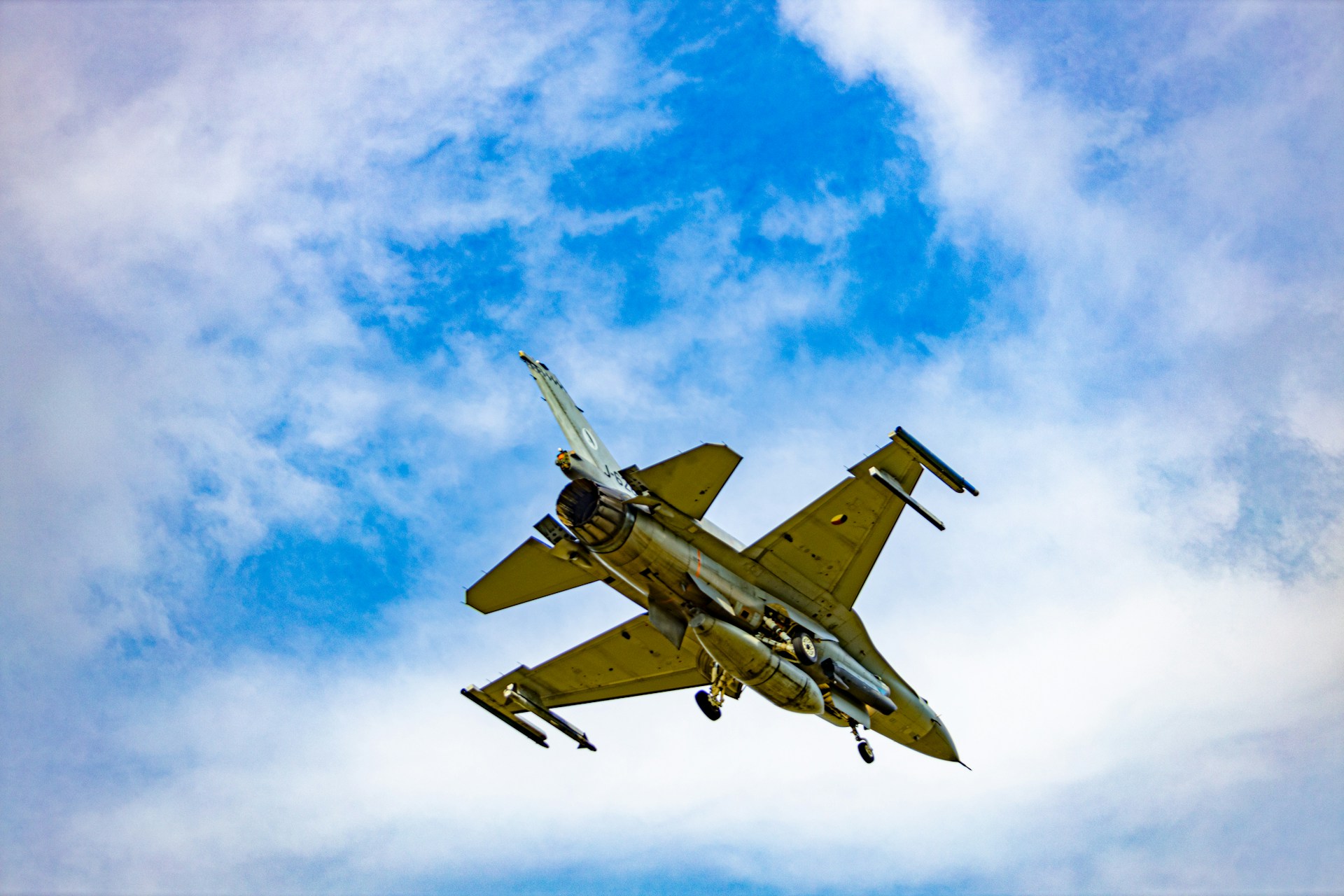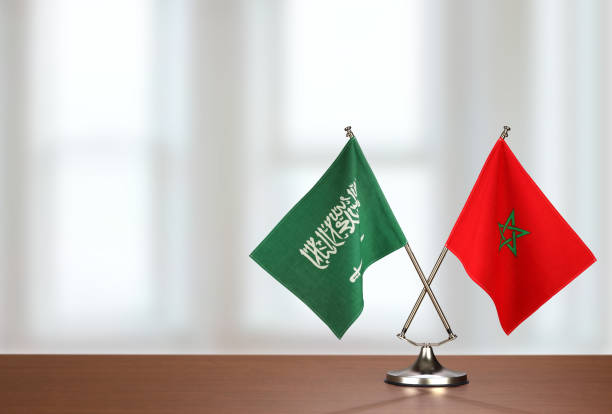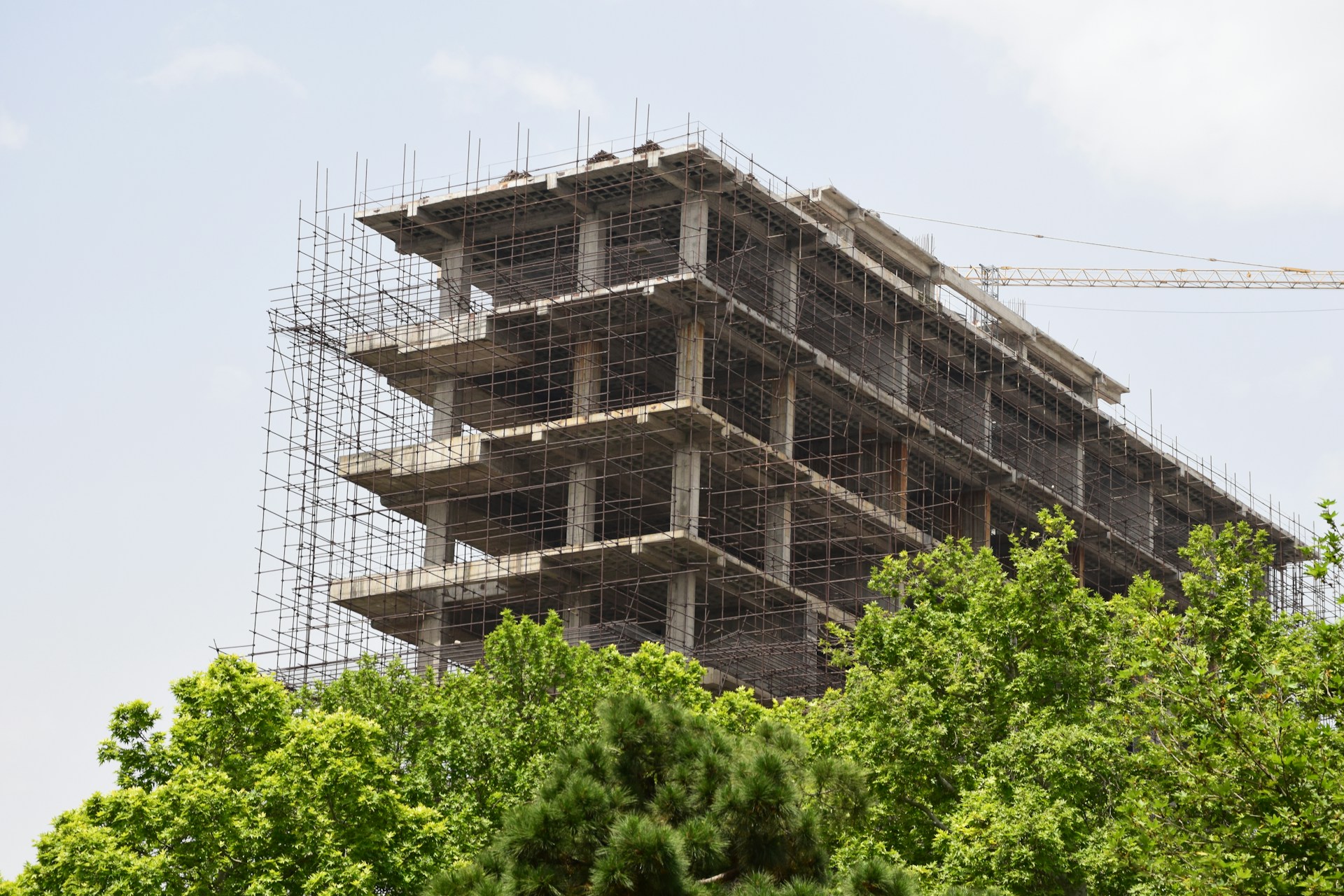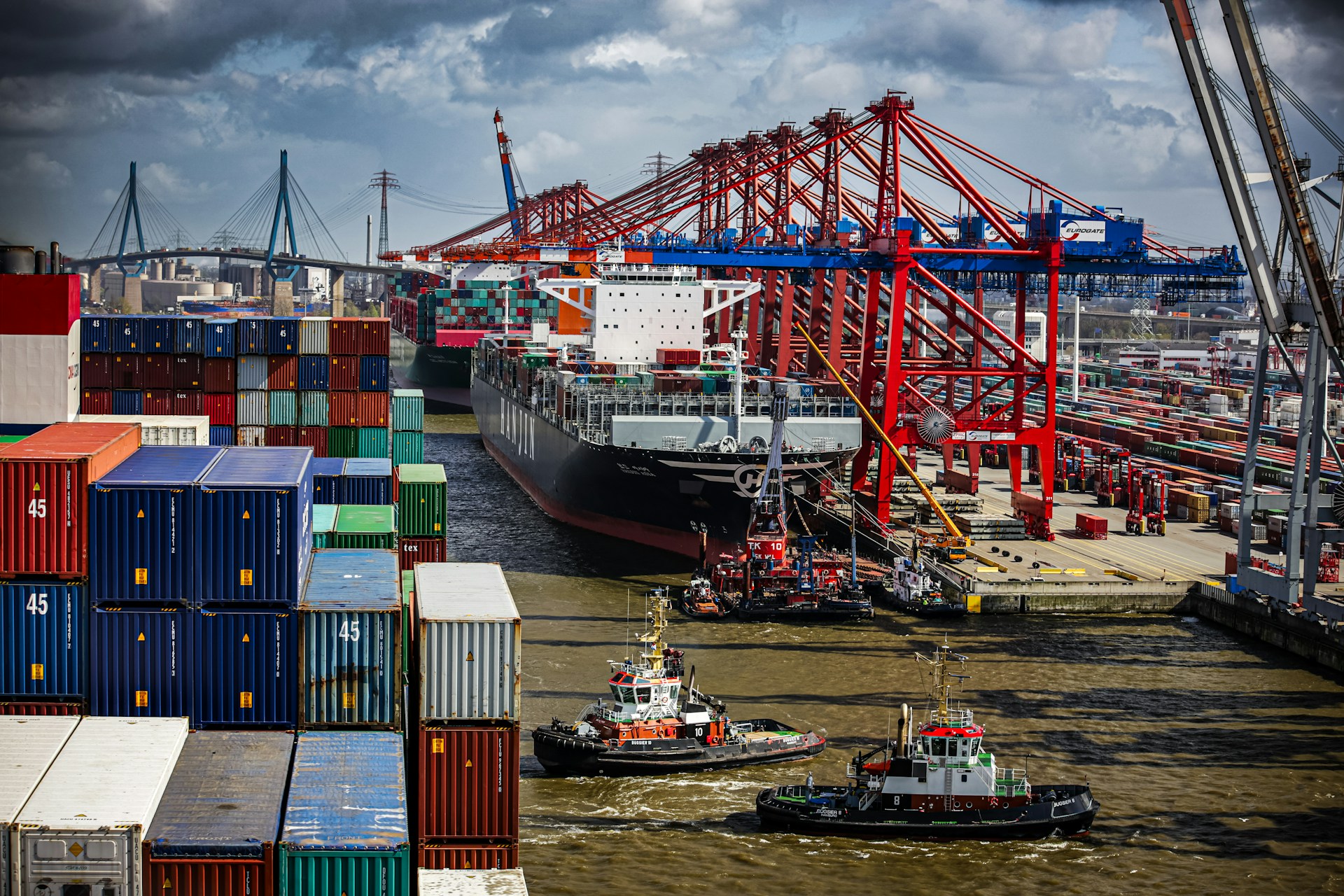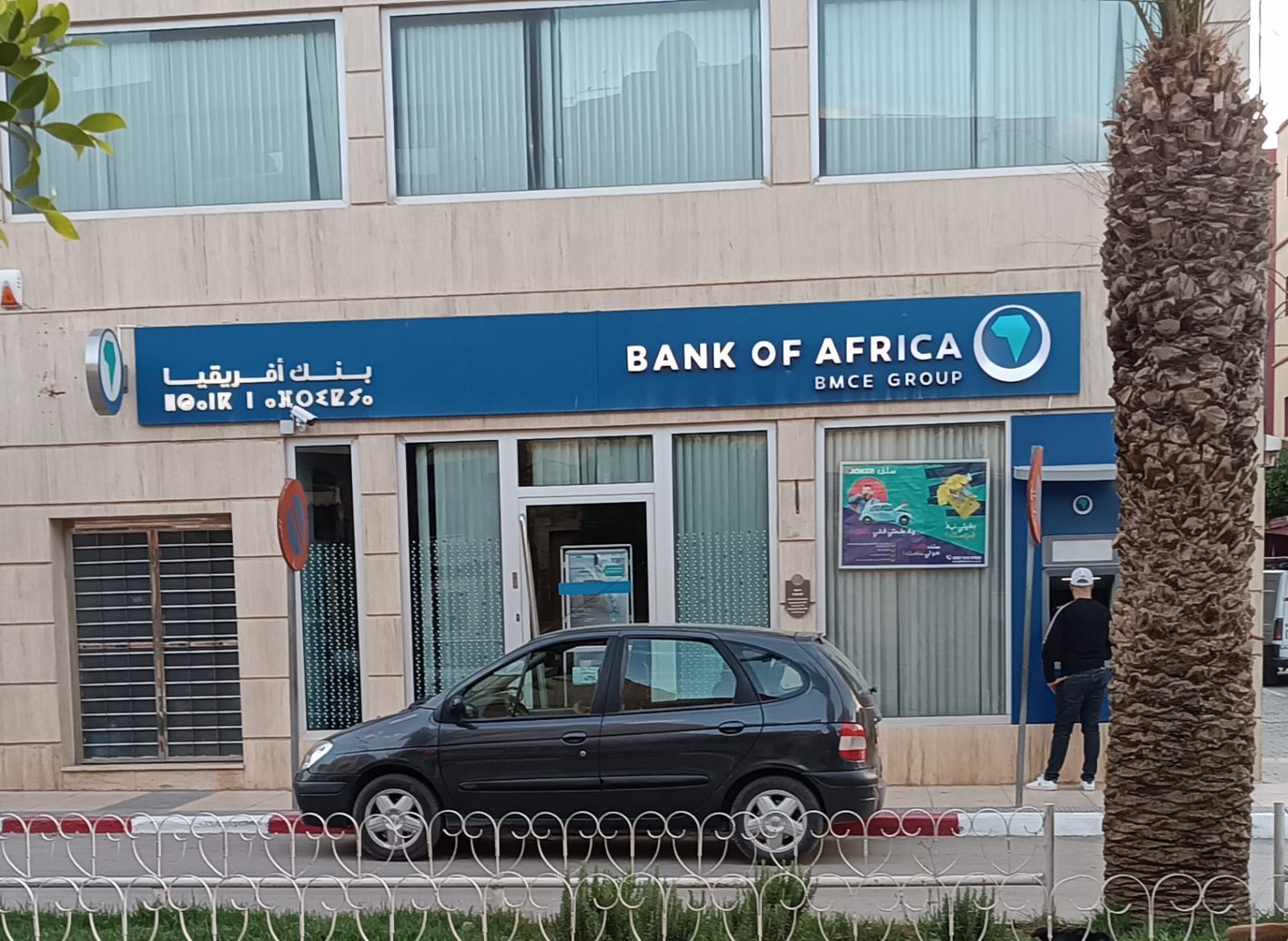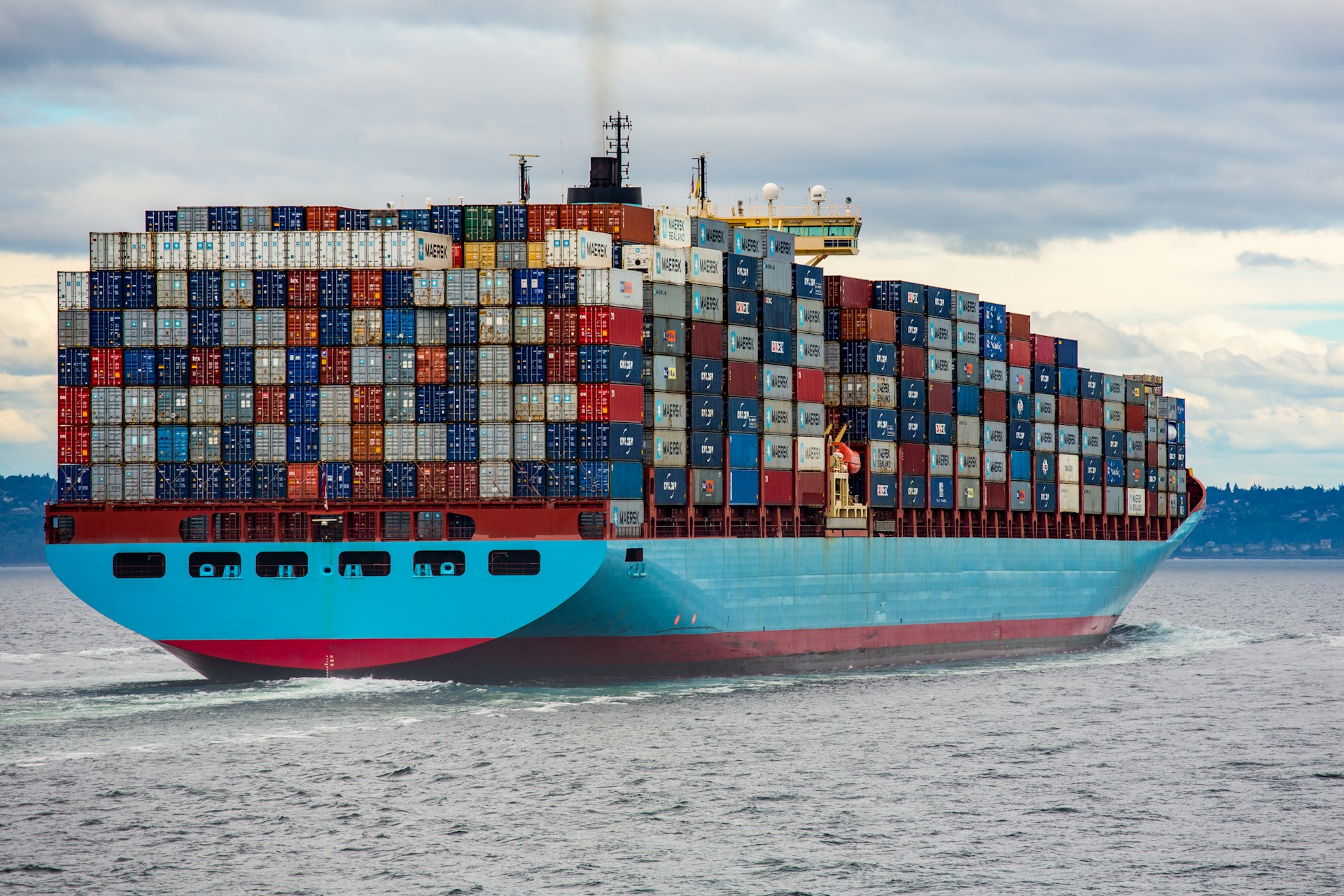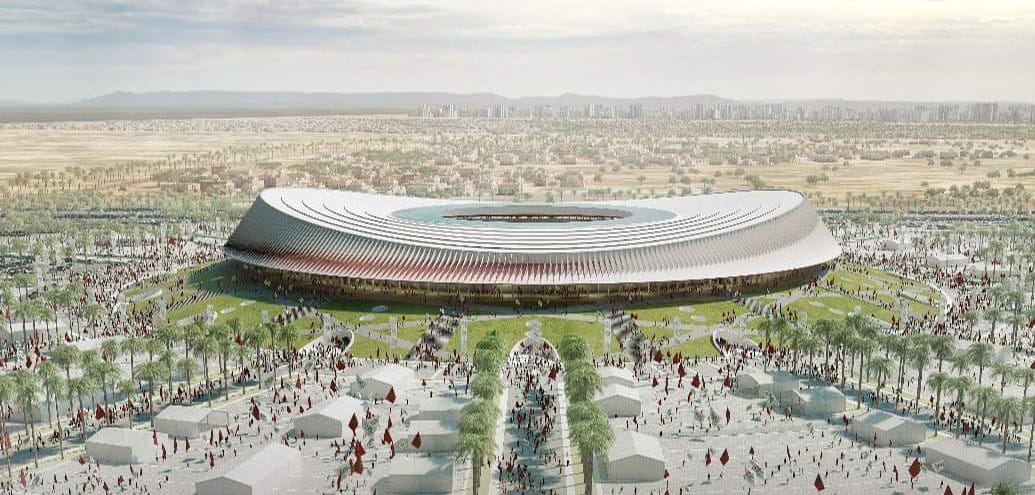Casablanca – Morocco has taken another decisive step in its ambition to establish itself as a regional leader in defense and aerospace industries. With the launch of a new state-of-the-art maintenance and modernization center for F-16 and C-130 Hercules aircraft in Benslimane, the Kingdom is advancing its strategy to achieve greater defense autonomy, industrial growth, and technological sovereignty.
The project, led by Maintenance Aéro Maroc (MAM)—a subsidiary of Belgium’s Sabena Engineering—in partnership with Maintenance Aeronautic Assets (MAA), Lockheed Martin, and MEDZ (a subsidiary of Morocco’s CDG Group), represents one of the most significant industrial investments in Morocco’s military aviation sector. The facility, now under construction on the Benslimane Air Platform, will cover more than 8,000 square meters and is scheduled to begin operations in the second half of 2026.
A strategic step for defense sovereignty
The new hangar is designed for heavy maintenance—known as Programmed Depot Maintenance (PDM)—and modernization work on Morocco’s F-16 and C-130 aircraft, both key assets of the Royal Moroccan Air Force. Until now, such operations often required sending aircraft abroad, resulting in longer downtimes and high maintenance costs. By developing these capabilities locally, Morocco seeks to reduce dependence on foreign service providers while strengthening the operational readiness of its air fleet.
The project also aligns with Morocco’s broader vision of industrial independence, particularly under Law No. 10-20, which enables the establishment of national companies dedicated to the production and maintenance of defense equipment. This legislative framework supports the Kingdom’s goal of becoming a regional hub for defense manufacturing and logistics in North Africa and the western Mediterranean.
International collaboration and knowledge transfer
The Benslimane initiative is the result of close international collaboration, bringing together Moroccan, Belgian, and American expertise. Sabena Engineering contributes its technical know-how in aircraft maintenance and repair, while Lockheed Martin—the U.S. defense and aerospace giant—provides engineering support and ensures compliance with global standards for F-16 and C-130 platforms. MEDZ plays an institutional and infrastructural role, integrating the project into Morocco’s growing aerospace ecosystem.
During the foundation ceremony, attended by senior Moroccan officials, representatives of the Royal Moroccan Air Force, the National Defense Administration, and executives from Sabena Engineering and Lockheed Martin, the project was hailed as more than an industrial venture. It was described as a “symbol of shared ambition” to create a center of excellence that serves both Morocco and neighboring regions.
A regional hub for advanced maintenance
Once completed, the Benslimane maintenance center is expected to become one of the most advanced facilities of its kind in Africa and the Mediterranean. Beyond servicing Moroccan military aircraft, it will be capable of handling maintenance contracts for other regional air forces, particularly in Africa and the Middle East. This regional orientation will not only enhance Morocco’s defense partnerships but also open new commercial opportunities in the aerospace maintenance, repair, and overhaul (MRO) market.
According to project partners, the new center represents a collective ambition rooted in trust and long-term cooperation between Morocco and its international allies. It is designed to meet both national and regional needs, offering advanced technical capabilities that align with global aviation standards. The facility also reflects a shared vision of sustainable industrial development and regional integration.
Stakeholders emphasize that this initiative goes beyond simple maintenance operations. It is expected to drive industrial growth in Morocco, create high-skilled employment opportunities, and strengthen collaboration between Moroccan and international industries. In doing so, it aims to promote technological advancement, shared security, and lasting prosperity across the wider Mediterranean and African regions.
Building Morocco’s aerospace ecosystem
The Benslimane project complements Morocco’s rapidly expanding aerospace ecosystem, which already includes major global manufacturers such as Safran, Stelia Aerospace, and Spirit AeroSystems. Together, these players have turned the Kingdom into one of Africa’s most dynamic aviation hubs, employing thousands of technicians and engineers and contributing significantly to exports and technological innovation.
In addition to maintenance operations, the new facility will provide opportunities for advanced training and knowledge transfer to Moroccan engineers and technicians. It is part of a long-term strategy that aims to extend capabilities to other platforms, including helicopters and next-generation aircraft, thereby reinforcing Morocco’s position in the global aerospace value chain.
Toward a sustainable and sovereign future
The construction of the Benslimane maintenance center marks a new chapter in Morocco’s industrial and defense trajectory. It symbolizes the shift from being primarily a consumer of advanced technology to becoming a producer, integrator, and service provider in high-value sectors. By merging defense strategy with industrial policy, Morocco is not only enhancing its military autonomy but also securing a foothold in a competitive global market driven by innovation and precision engineering.
In the coming years, as the facility becomes operational and begins serving regional clients, Benslimane is set to emerge as a new strategic hub—one that embodies Morocco’s aspiration to link national capability with international cooperation, ensuring both technological sovereignty and economic resilience.




